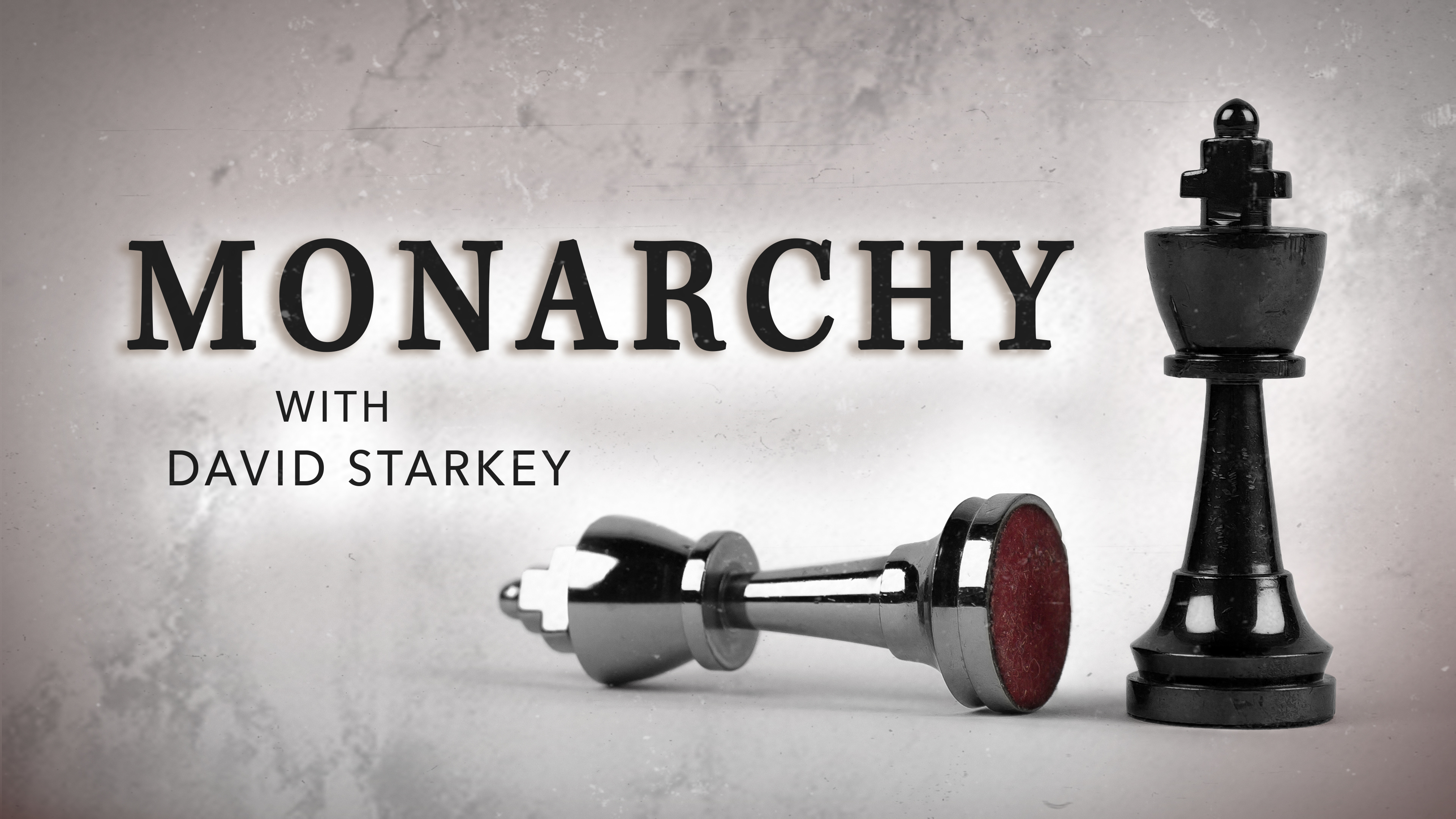Born from the complaints of nobles, the Magna Carta serves as the bedrock of today's democratic societies. But why?
◊
The Magna Carta, Latin for “Great Charter,” is one of the most influential documents in Western legal and political history. Sealed exactly 810 years ago on June 15, 1215, by King John of England at Runnymede, it was originally a practical solution to a political crisis. However, over the centuries, it evolved into a powerful symbol of liberty, the rule of law, and constitutional governance.
Explore the long history of the British monarchy in this compelling MagellanTV series.
Origins of the Magna Carta
In the early 13th century, King John faced mounting discontent from his barons due to heavy taxation, unsuccessful military campaigns, and abuses of royal power. His failed attempts to reclaim English territories in France drained the royal treasury, and his harsh policies angered both nobles and commoners. In response, a group of rebellious barons forced John to negotiate, culminating in the sealing of the Magna Carta.
Though it was a peace treaty of sorts, the Magna Carta was not initially intended as a sweeping declaration of human rights. Instead, it addressed specific grievances, especially those of the feudal elite. It promised the preservation of church rights, swift justice and protection from illegal imprisonment, and limitations on feudal payments to the Crown.
Key Clauses and Principles
While many of its 63 clauses were tied to ancient feudal law and eventually became obsolete, several key ideas had a lasting legacy. One of the most famous is Clause 39: “No free man shall be seized or imprisoned ... except by the lawful judgment of his equals or by the law of the land.”
This principle laid the groundwork for the concept of due process and the idea that even the monarch must abide by the law. Another key clause ensured that taxes could not be levied without the “common counsel of the realm,” an early step toward parliamentary government.
Immediate Impact and Revisions
At King John’s request, the original 1215 Magna Carta was annulled by Pope Innocent III just weeks after it was sealed. This led to the First Barons’ War. After John’s death in 1216, the charter was reissued with some revisions during the reign of his son, King Henry III. It was reissued multiple times, eventually becoming a foundational part of English law.

Tomb of King John in Worcester, England (Credit: Eirian Evans, via Wikimedia Commons)
Global Legacy
Over time, the Magna Carta took on symbolic importance far beyond its original intent. It became a cornerstone of English constitutional practice and influenced the development of common law. In the 17th century, it was invoked by leading figures such as Sir Edward Coke during conflicts between Parliament and the monarchy.
Its legacy also crossed the Atlantic. American colonists cited the Magna Carta in their struggles against British rule, and its principles helped shape foundational U.S. documents such as the Declaration of Independence and the Constitution.
Though it began as a practical document addressing feudal disputes, the Magna Carta’s enduring ideas – especially the rule of law, limitations on authority, and the rights of individuals – have echoed through centuries. It remains a powerful symbol of freedom and justice, continuing to inspire legal systems and democratic ideals around the world.
Ω
Title Image: Magna Carta Memorial, Runnymeade, England (Credit: Brian Slater, via Wikimedia Commons)


